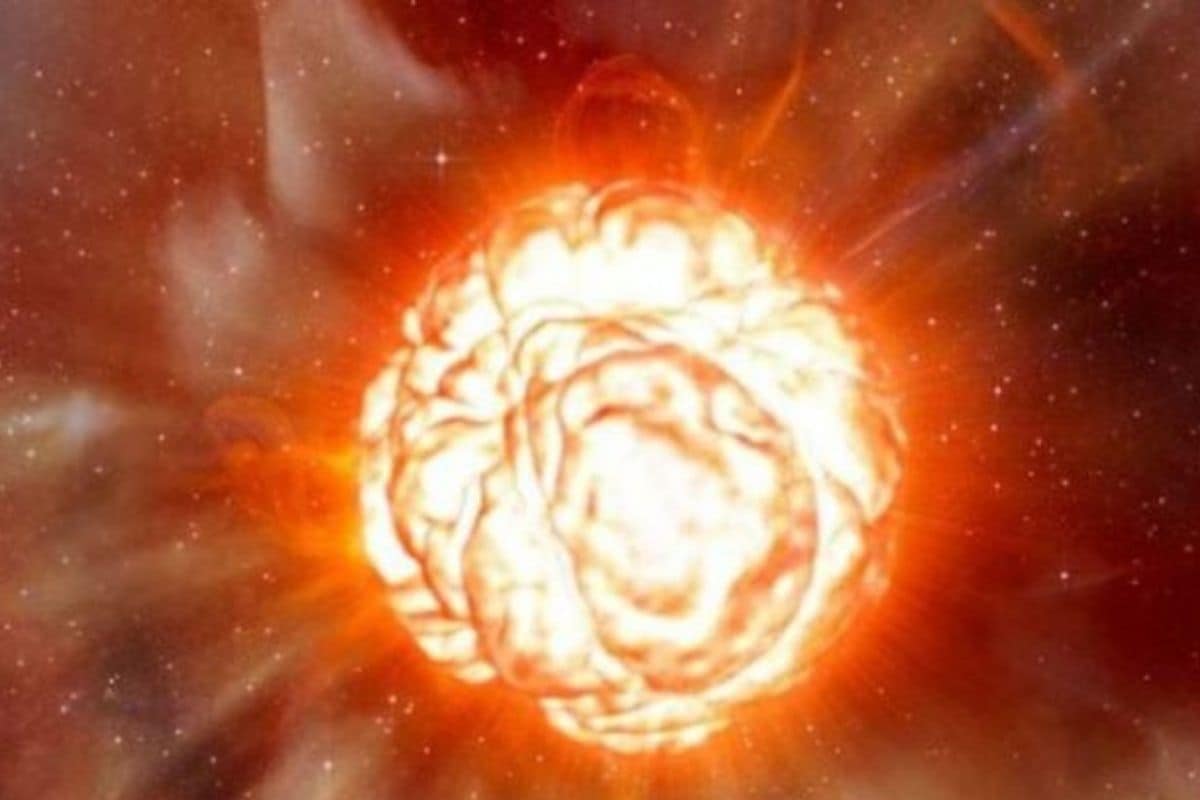A recent study has found that even though it may seem that the giant red star Betelgeuse is ready to die any moment, it will take another 1,00,000 years for it to actually perish.
A team of international scientists led by Meridith Joyce from the Australian National University (ANU), which included five other members — Shing-Chi Leung, László Molnár, Michael Ireland, Chiaki Kobayashi, and Ken’ichi Nomoto –published their findings in The Astrophysical Journal this month.
The supergiant star is a part of the Orion constellation and has piqued scientists’ interest due to its conspicuous behaviour lately. In a statement to the Australian National University, Dr Joyce said that normally Betelgeuse is one of the brightest stars in the sky, but her team observed two drops in the brightness of the star since late 2019. This development prompted the speculation that it could explode soon but the study offers a different explanation.
Dr Joyce said that the team of scientists know the first dimming event involved a dust cloud and they found the second smaller event was likely due to the pulsations of the star. For the study, scientists used a hydrodynamic and seismic modelling to learn more about the science behind the pulsations happening in the star and to get a clearer idea of what phase of its life the star is in.
Co-author of the study, Dr Shing-Chi Leung fromthe University of Tokyo, told the ANU that their analysis confirmed that pressure waves,mainly consisted of sound waves, were the cause of Betelgeuse’s pulsation. Dr Joyce further said that helium is burning inside the core of the star at the moment,which means it is nowhere near exploding. The research team also concluded that it will not be before 1,00,000 years that an explosion happens in Betelgeuse.
This study has also revealed how far the star is from our planet along with its size. The actual physical size of Betelgeuse is two-thirds of the orbit of Jupiter with a radius 750 times the radius of the sun. In terms of distance, the star is 530 light years far, which is 25 per cent closer than previous thought.

